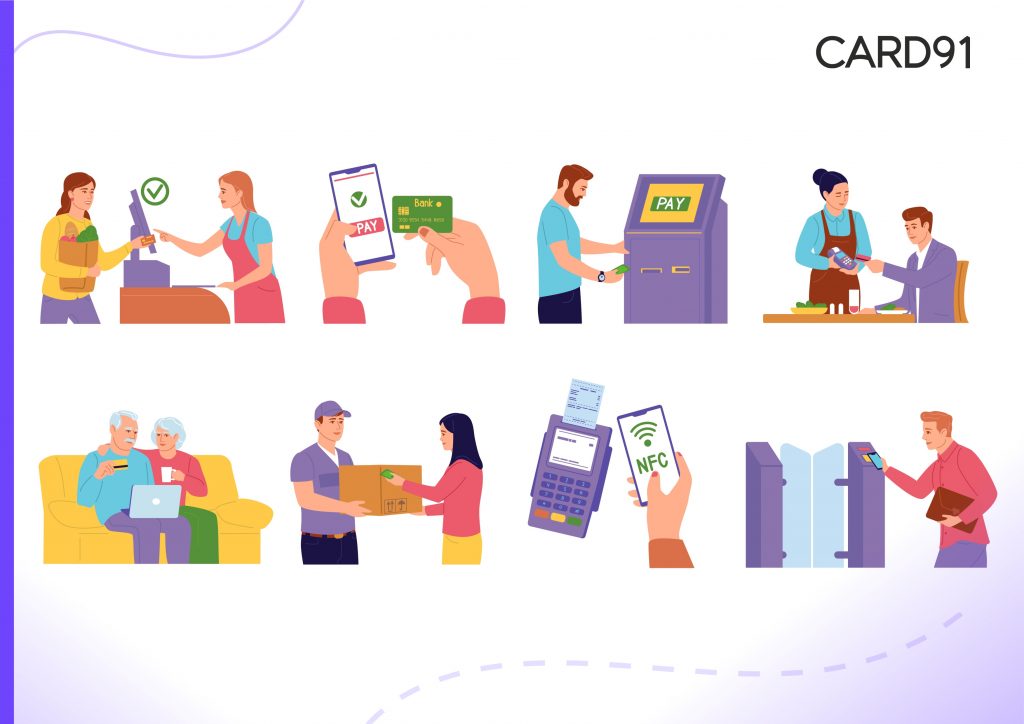Digital Payments: Revolutionising India’s Financial Landscape

India has experienced a remarkable evolution in its digital payment landscape in recent years. The swift proliferation of smartphones, internet connectivity, and government initiatives such as Digital India, Unified Payments Interface (UPI) NEFT/IMPS, Prepaid Cards/Wallets/Contactless Payments, e-RUPI, CBDC, AEPS, Open Banking/API Integration has significantly contributed to the expansion of digital payment methods throughout the nation. […]
CBDC: Analyzing the nascent experience in China, Nigeria, and Sweden

The Reserve Bank of India (RBI) will debut the Digital Rupee in the Financial Year 2022-23, according to the Hon’ble Finance Minister of India’s Union Budget Speech on February 1, 2022. Meanwhile, China’s e-Yuan, currently in pilot mode, had its global premiere at the Beijing Winter Olympics 2022 when most foreign athletes got to experience […]

Union Budget 2022 laid the foundation and gave a blueprint of the economy for the next 25 years – from India at 75 to India at 100, with the focus on fast-tracking the economy, providing opportunities to businesses, and creating six million new jobs. Among the range of significant announcements, the reforms on Digital […]



